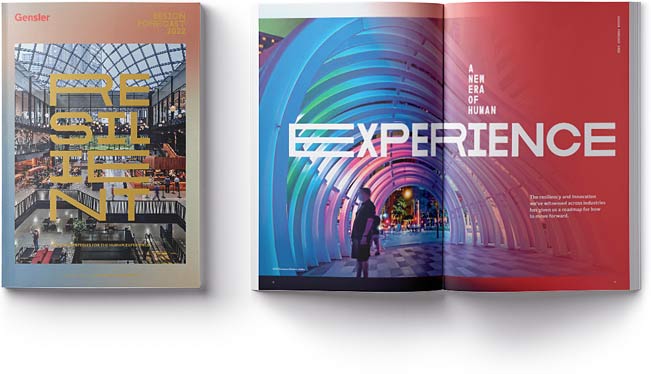EDUCATION
Learning institutions are evolving to meet students’ needs and adapt to a hybrid learning experience. As students look to schools not just as places of learning — but as places to feel safe, engaged, and included — there will be an ongoing emphasis on educating and nurturing the whole student and their well-being.
University of California, Riverside Student Success Center, Riverside, Calif.
01
Future hybrid learning environments must embrace choice.
According to Gensler’s Education Engagement Index, 68% of students and 74% of educators want a hybrid approach — a model that includes a combination of in-person and remote learning methods. For schools, this means designing for hyper-flexible and tech-enabled learning environments that can provide students and educators a choice. There is no one-size-fits-all approach. Technology allows institutions to engage with students in a personalized way, providing flexibility and agility in learning environments.
02
Equity, safety, and engagement will be key design considerations.
To ensure success and address inequities in education, the post-pandemic school must address both equity and engagement, along with safety, belonging, and basic needs. Gensler’s research has shown that the “average learner” is a myth, and instead of designing one optimal universal learning experience, it is imperative to design education spaces for multiple pathways for engagement for each student.
03
Creating wellness ecosystems on campus is essential.
To adapt to the post-COVID needs of students, schools, colleges, and universities need to explore how the concept of wellness can be integral to everyday campus life. Whether designing a new facility, creating a new campus master plan, or developing programs, solutions must be holistically student-centric and stigma-free. Building an ecosystem around wellness provides different access points for students on and off campus, and in virtual and physical settings.
04
The evolution of the academic workplace will impact campus planning.
Academic institutions are taking cues from other industries by planning and designing campuses that can welcome faculty and staff into a healthier, more engaging, and more effective workplace. In addition to workstations and offices, academic institutions should consider a toolkit of spaces that support creativity, collaboration, focus, and engagement with students and colleagues.

University of San Diego Learning Commons, San Diego
“If we are to design for all learners, our goal should not be to design one optimal and fixed experience for all students, but to design for diverse and evolving ways to engage.”
—“5 Considerations for Designing the Future of Higher Education,” Dialogue blog
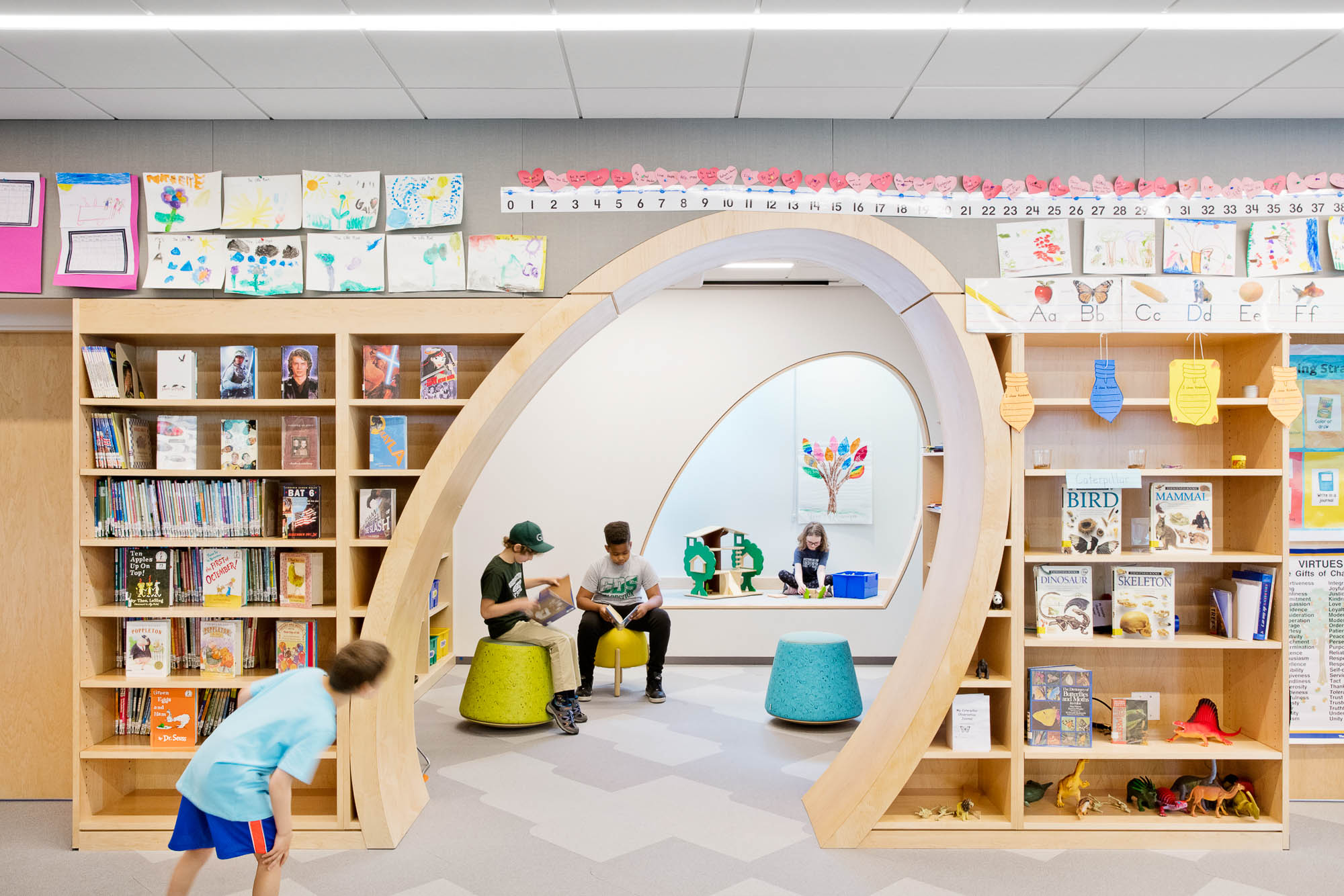
Georgetown Day School, Washington, D.C.
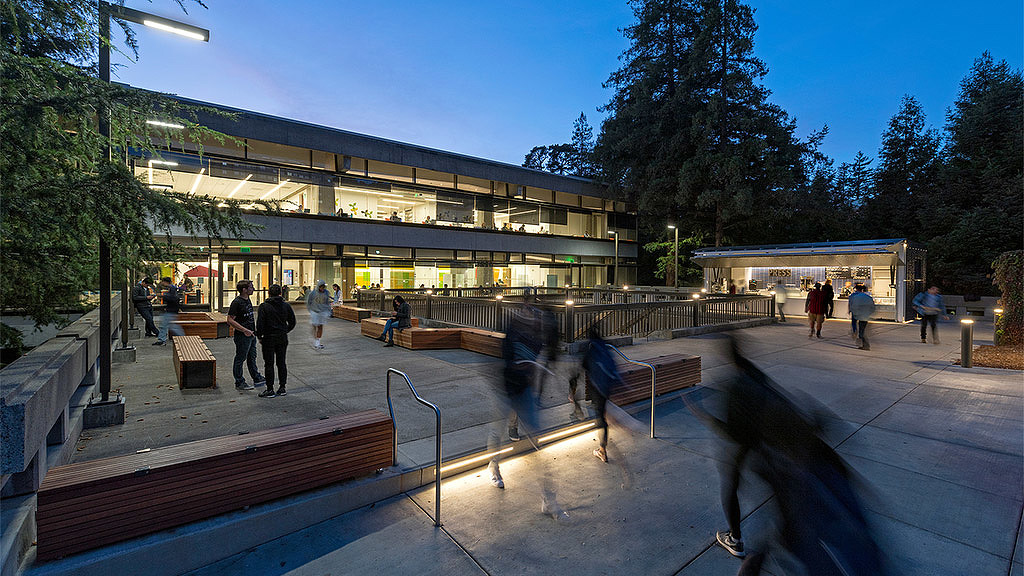
Campus Masterplan 2.0: Including an Integrated Wellness Strategy
By creating a network of engagements and reinforcements throughout a student’s daily journey, academic institutions can normalize wellness and shift it from a place to go, to a state of mind.
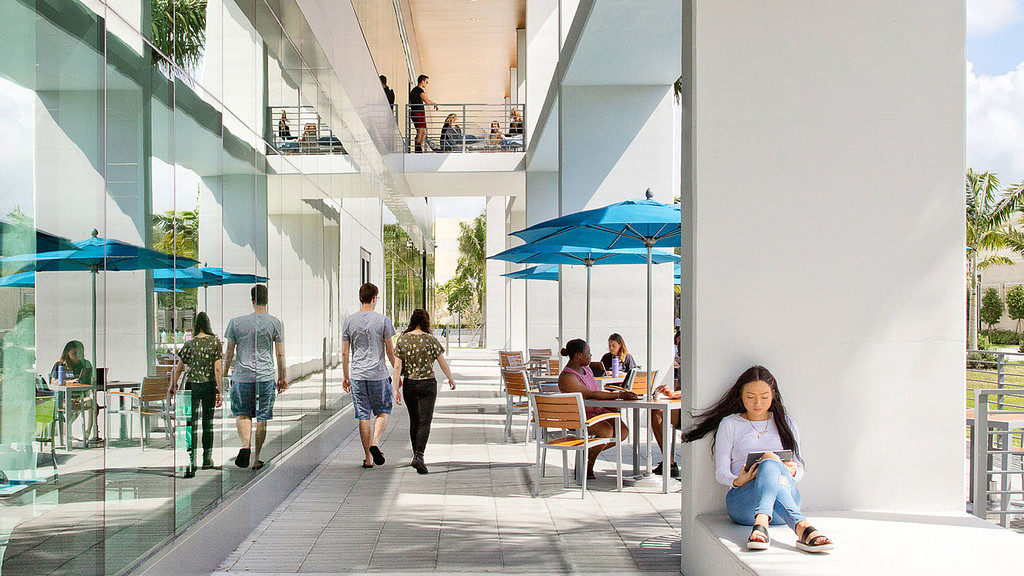
5 Considerations for Designing the Future of Higher Education
Learning has taken a hard hit during the COVID-19 pandemic, but the experience may lead to a future that is nothing like the past.
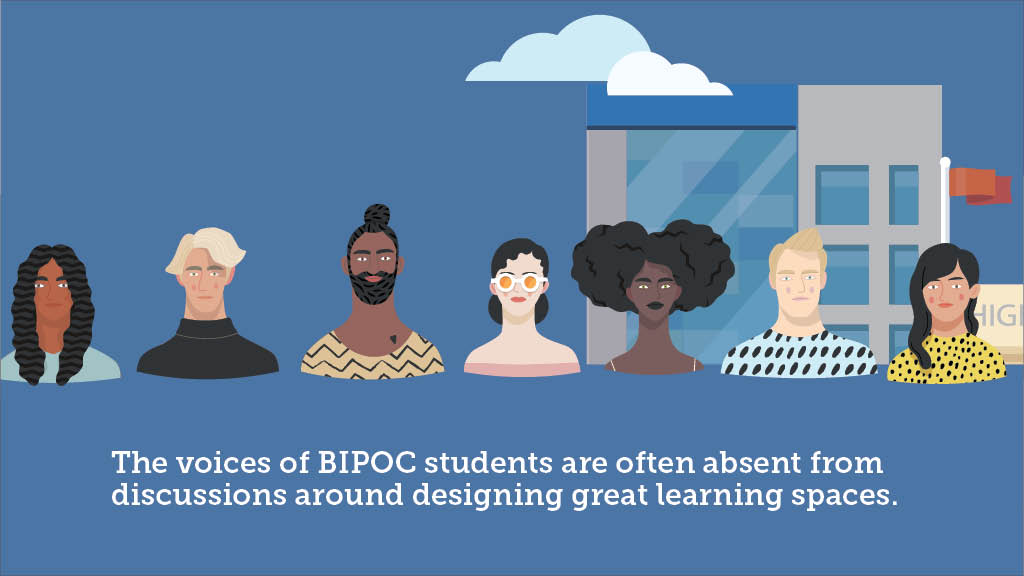
Education and the BIPOC Experience
We surveyed BIPOC students to understand how they perceive and experience education spaces in order to find new ways to design schools that make all students feel safe and included.
“68% of students and 74% of educators want a hybrid approach — a model that includes a combination of in-person and remote learning methods.”
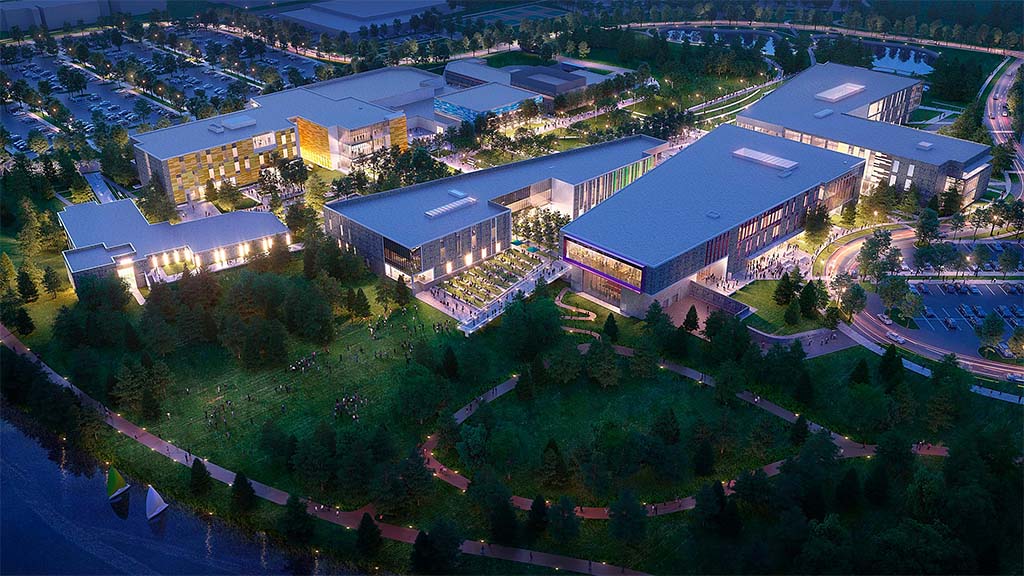
Tarrant County College Northwest Campus
Fort Worth, Texas
To enliven its Northwest Campus, Tarrant County College District is partnering with Gensler’s Education designers to redefine the student experience and showcase a 21st-century learning environment designed to align with the institution’s mission.
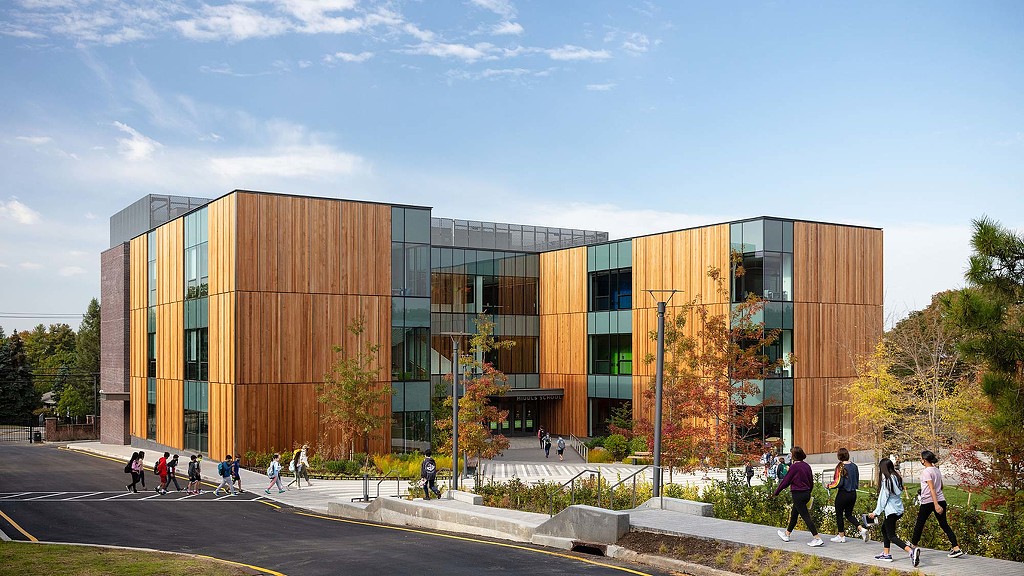
Dwight-Englewood Village & Middle School
Englewood, New Jersey
The Dwight-Englewood Village & Middle School is a part of Gensler’s continuing work on the school’s master plan that seeks to bring the most innovative thinking on the future of education to the campus.
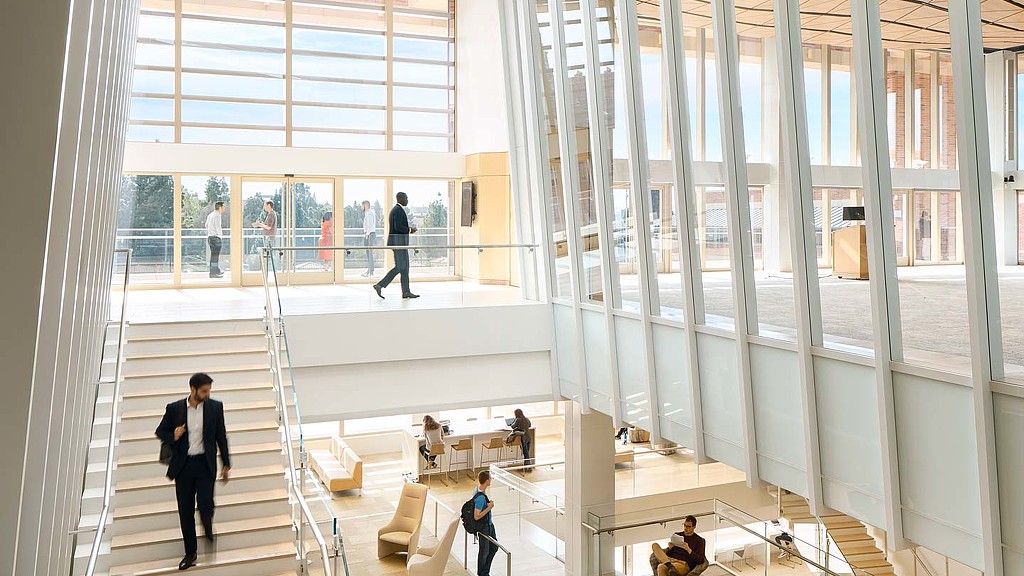
UCLA Anderson Marion Anderson Hall
Los Angeles, California
Gensler’s new Marion Anderson Hall is envisioned as a truly forward-looking environment for business education. Four stories of learning, administrative, and event spaces are organized around an active, interaction-focused atrium environment offering space for students, faculty, administrators, and visitors to network.

Mark Thaler
Education Leader, Studio Director, Principal
With over 30 years of experience, Mark is the global co-leader of Gensler’s Education practice and is one of the firm’s experts in the design of learning environments and student...
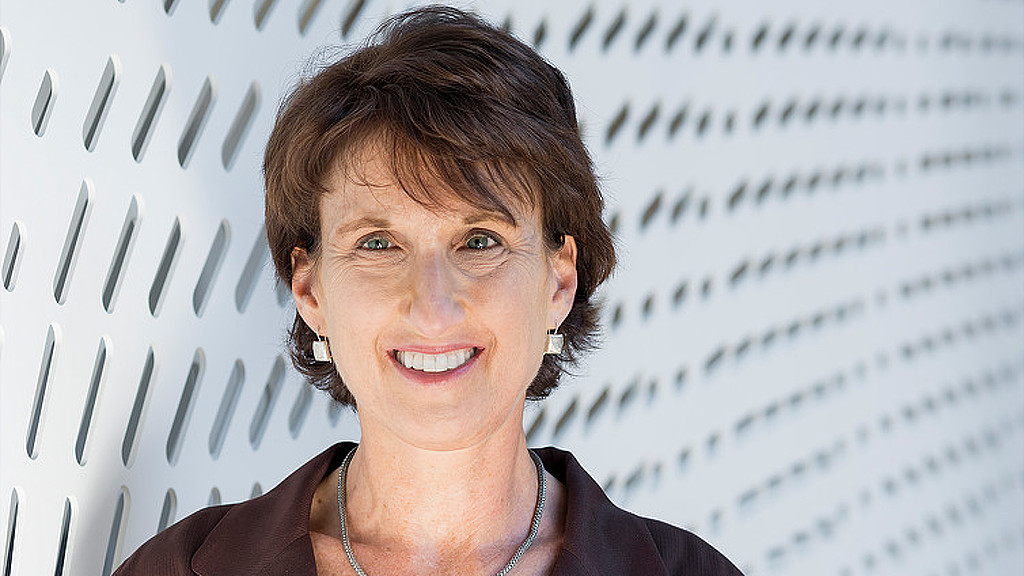
Deborah Shepley
Education Leader, Principal
Based out of Gensler’s Newport Beach office, Deborah is a Principal and Global Education Practice Area Leader who has partnered with over 45 higher education institutions to...
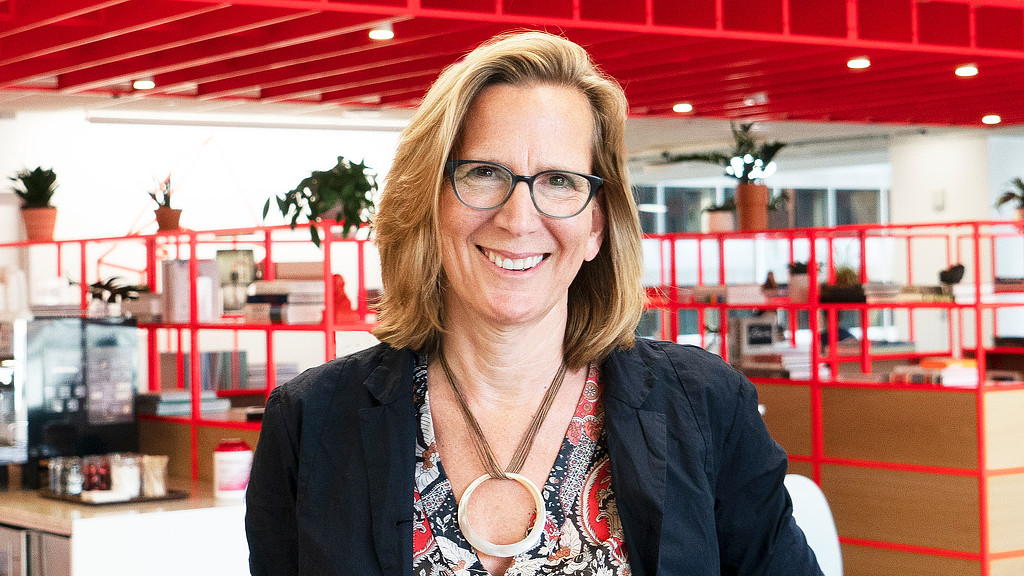
Sandy Mendler
Studio Director, Education Leader, Principal
Sandy is a nationally recognized architect and planner focused on creating inspiring new models for healthy, sustainable living. She brings deep expertise as an Education practice...
